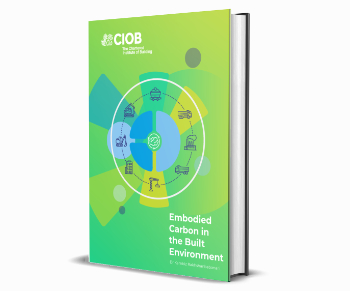Stated preference valuation
RICS Insight Paper ‘Value of natural capital - the need for chartered surveyors’ published by the Royal Institution of Chartered Surveyors in 2017 suggests that stated preference valuation methods rely on the stated preferences of stakeholders. These may be drawn from a key group, or from a more general population. They are preferred for the estimation of non-use values such as altruistic, bequest and existence values.
Two principal approaches are used:
Where contingent valuation is: ‘An approach that asks respondents direct questions about their willingness to pay (WTP) for various environmental options. Alternatively, respondents may be asked what price they would be willing to accept (WTA) for the loss of an option… Contingent valuation has not always enjoyed a good press, and it is important that samples are large enough to give meaningful results, the choices are placed in an appropriate context and respondents are carefully reminded that their own financial resources are limited.’
Choice modelling is: ‘often done in focus groups (group approaches). When the approach can be described as deliberative, respondents are asked to choose between options that have different costs.’
Contingent valuation and choice modelling can be combined.
Other approaches to valuation include:
- Revealed preference methods.
- Value transfer/benefit transfer.
NB The Green Book, Central Government Guidance On Appraisal And Evaluation, Published by HM Treasury in 2020, suggests: ‘Stated preference is a technique for eliciting values for something that is not-marketed, and is derived from responses to expertly designed surveys.’ See also willingness to pay and willingness to accept.
[edit] Related articles on Designing Buildings Wiki
Featured articles and news
Competence framework for sustainability
In the built environment launched by CIC and the Edge.
Institute of Roofing members welcomed into CIOB
IoR members transition to CIOB membership based on individual expertise and qualifications.
Join the Building Safety Linkedin group to stay up-to-date and join the debate.
Government responds to the final Grenfell Inquiry report
A with a brief summary with reactions to their response.
A brief description and background to this new February law.
Everything you need to know about building conservation and the historic environment.
NFCC publishes Industry White Paper on Remediation
Calling for a coordinated approach and cross-departmental Construction Skills Strategy to manage workforce development.
'who blames whom and for what, and there are three reasons for doing that: legal , cultural and moral"
How the Home Energy Model will be different from SAP
Comparing different building energy models.
Mapping approaches for standardisation.
UK Construction contract spending up at the start of 2025
New construction orders increase by 69 percent on December.
Preparing for the future: how specifiers can lead the way
As the construction industry prepares for the updated home and building efficiency standards.
Embodied Carbon in the Built Environment
A practical guide for built environment professionals.
Updating the minimum energy efficiency standards
Background and key points to the current consultation.
Heritage building skills and live-site training.
Shortage of high-quality data threatening the AI boom
And other fundamental issues highlighted by the Open Data Institute.
Data centres top the list of growth opportunities
In robust, yet heterogenous world BACS market.
Increased funding for BSR announced
Within plans for next generation of new towns.
























